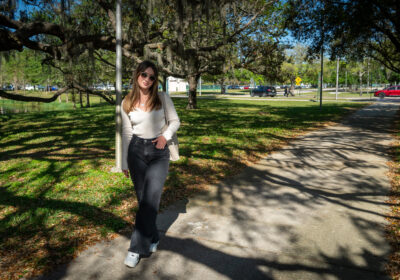Common applications good
Applying to colleges can be a tiresome and expensive affair, with college hopefuls spending hours filling out separate applications for each school at a cost of about $30 apiece.
However, a growing number of colleges have begun cooperating with each other by allowing students to apply to several schools with only one application.
Despite legitimate concerns from some admissions officers and other opponents, this strategy is beneficial and works to open more doors for prospective students. Its use should be expanded.
With the exception of the Massachusetts Institute of Technology, prospective students can apply to the top 20 universities on the U.S. News rankings list with just one application.
Another example is the EDU, Inc. Common Black College Application, which can be used to apply to Virginia State University, Norfolk State University and 32 others nationally.
However, not everyone agrees with the approach.
“There is a concern that the Common Application leads to more casual applications, applications that are less serious,” Timothy Brunold, dean of admissions at the University of Southern California, said to the Washington Post.
USC already sees 14 applications for every undergraduate opening.
While the permanent number of applications will certainly rise for USC and any college that adopts the measure, it appears to be relatively low at only a 5 to 10 percent increase for colleges that have already adopted it, according to the Post.
Universities could always hire more professionals to review the additional applications, a cost that would pale in comparison to other expenses institutions regularly face.
This strategy is most beneficial to low-income applicants who may have trouble paying hundreds of dollars to apply to a wide variety of schools, as some common applications only carry one fee.
It benefits all prospective students by not requiring them to complete numerous lengthy applications, which can appear daunting and prevent them from applying to multiple schools.
Those who can only apply to a limited number of schools have a higher chance of getting rejected by them all, while students applying to a greater number of institutions may stand a higher chance of getting accepted.
Common applications can match these students with a school, allowing for a more diverse and larger body of applicants that will feature more qualified students.
Students who apply to USF may have also applied to Florida State University, Florida Atlantic University and other public universities in the state.
Florida universities need to consider the benefits that such cooperation can produce for their school, state, nation and, most importantly, people that wish to better their lives through education.
Obtaining a college degree is one of the fastest and surest routes to reaching the American Dream, and whenever measures expanding this opportunity are presented, they must be explored and adopted.






